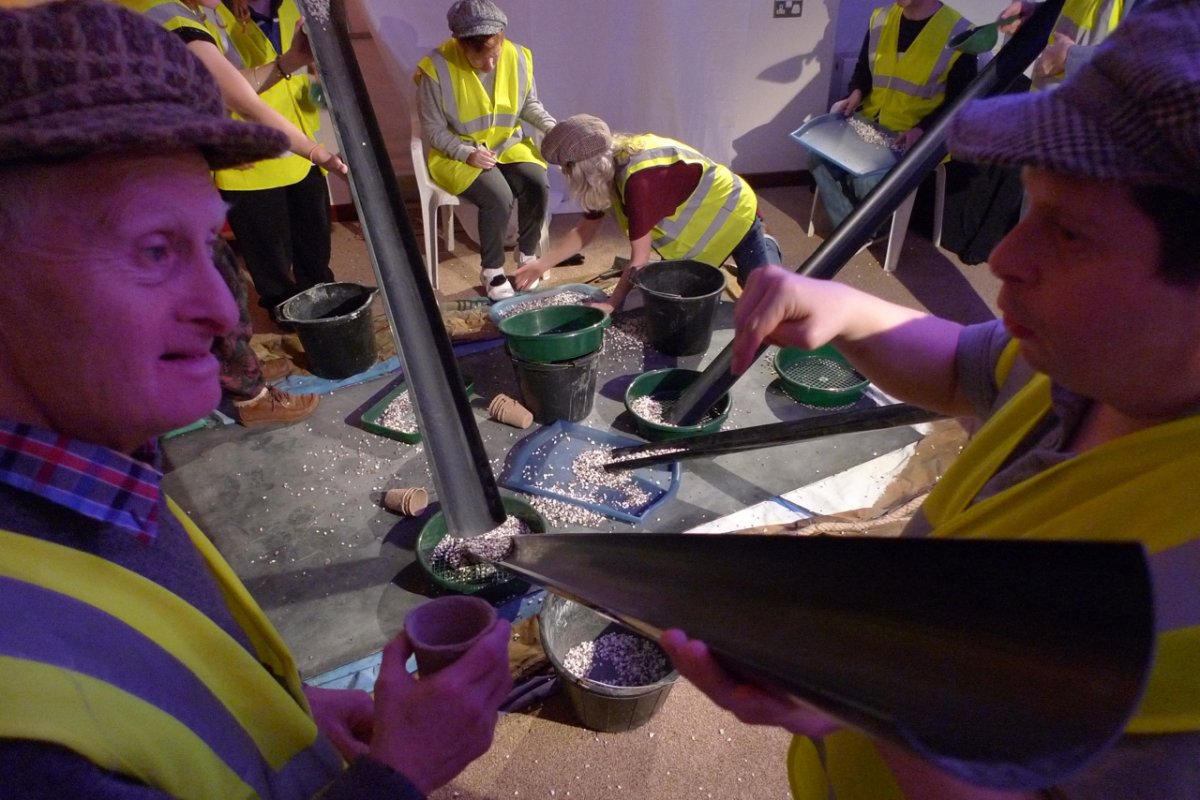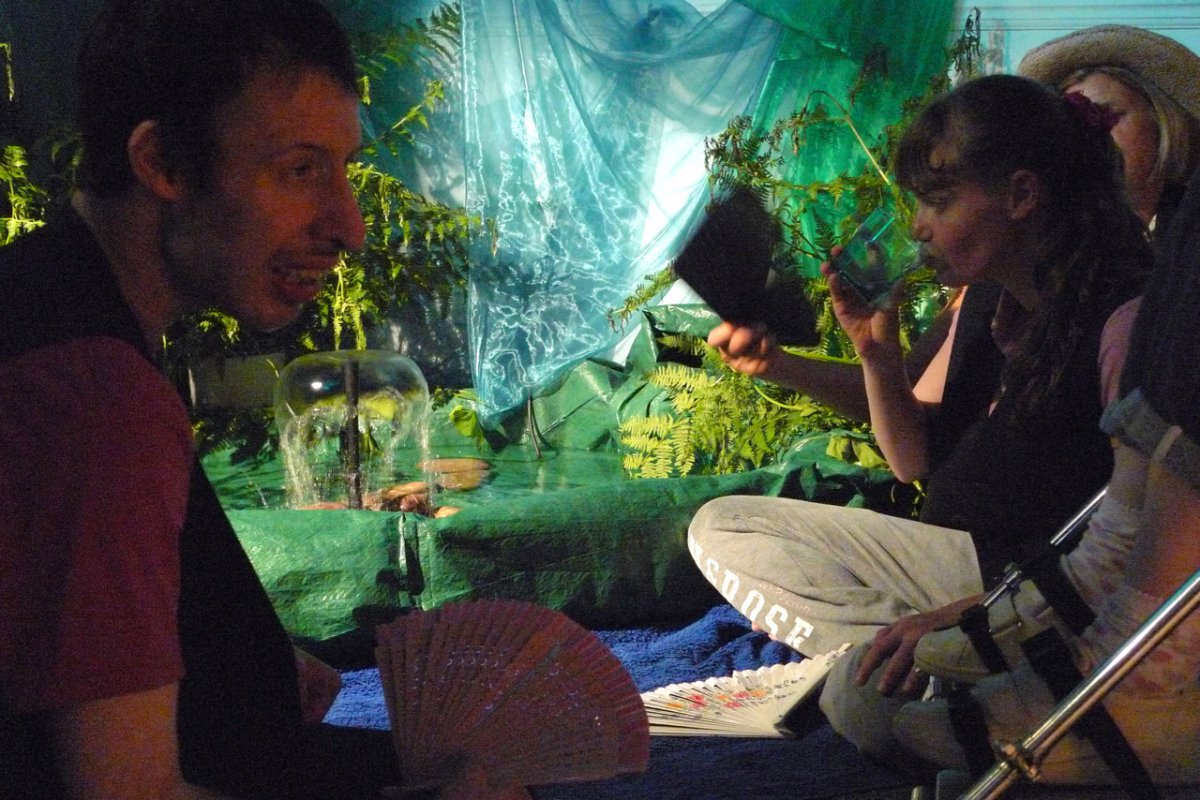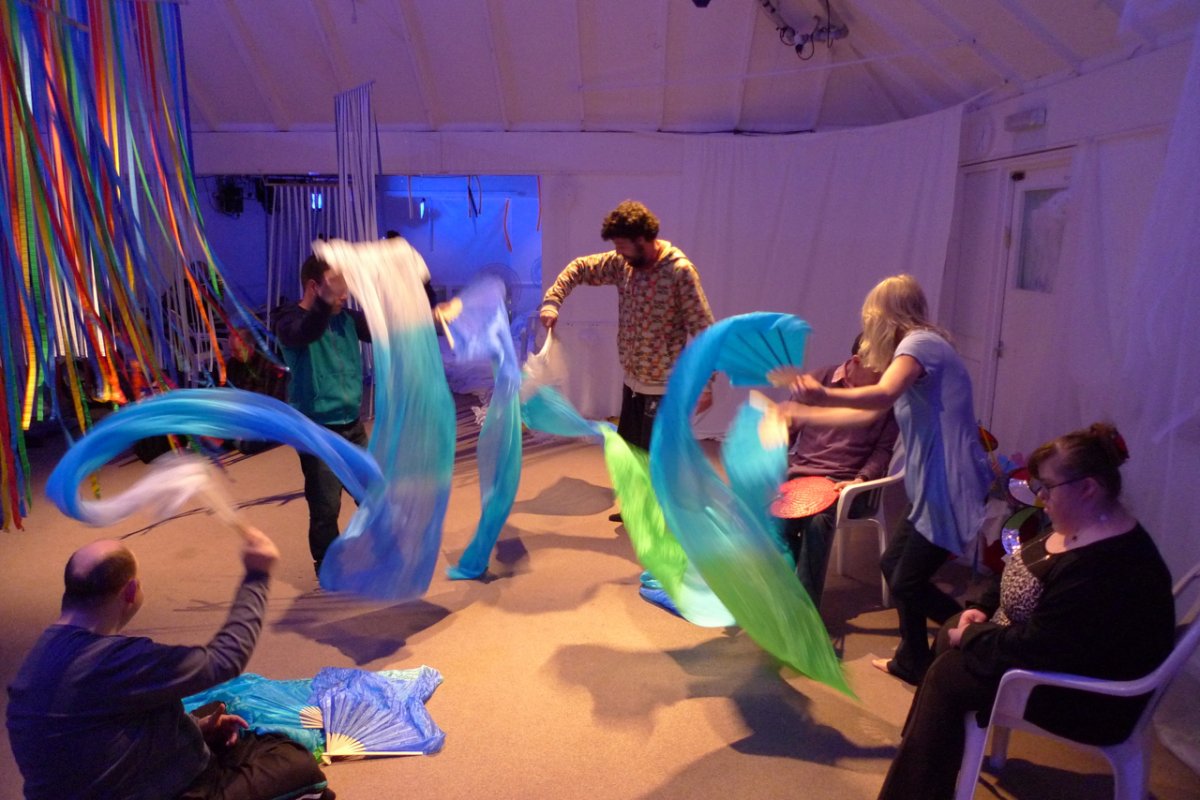Sound
The aural
sense is extremely important to all of us, especially those who are sight
impaired. For this reason we pay particular attention to the sounds/instruments
we use and the soundscapes we aim to create. Using sound as another tool, we
can enhance sensory experience and give opportunities for participants to
engage in sound-making themselves.
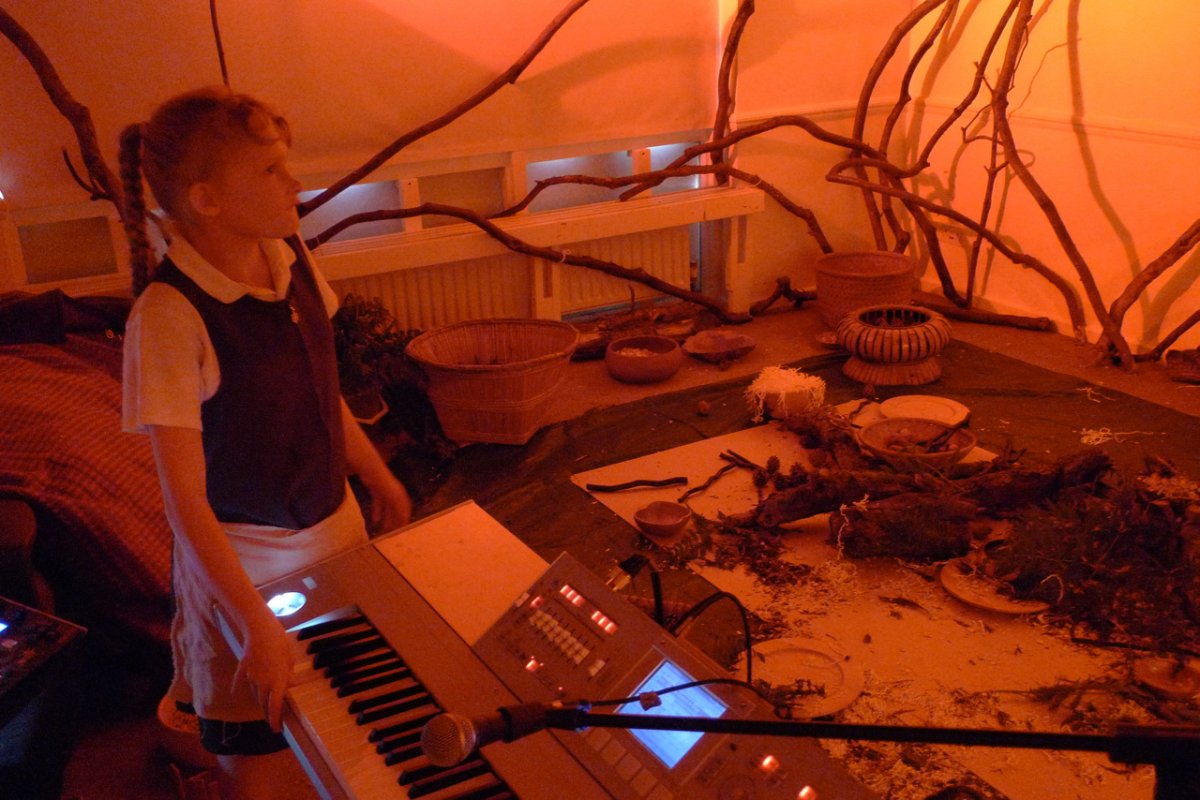
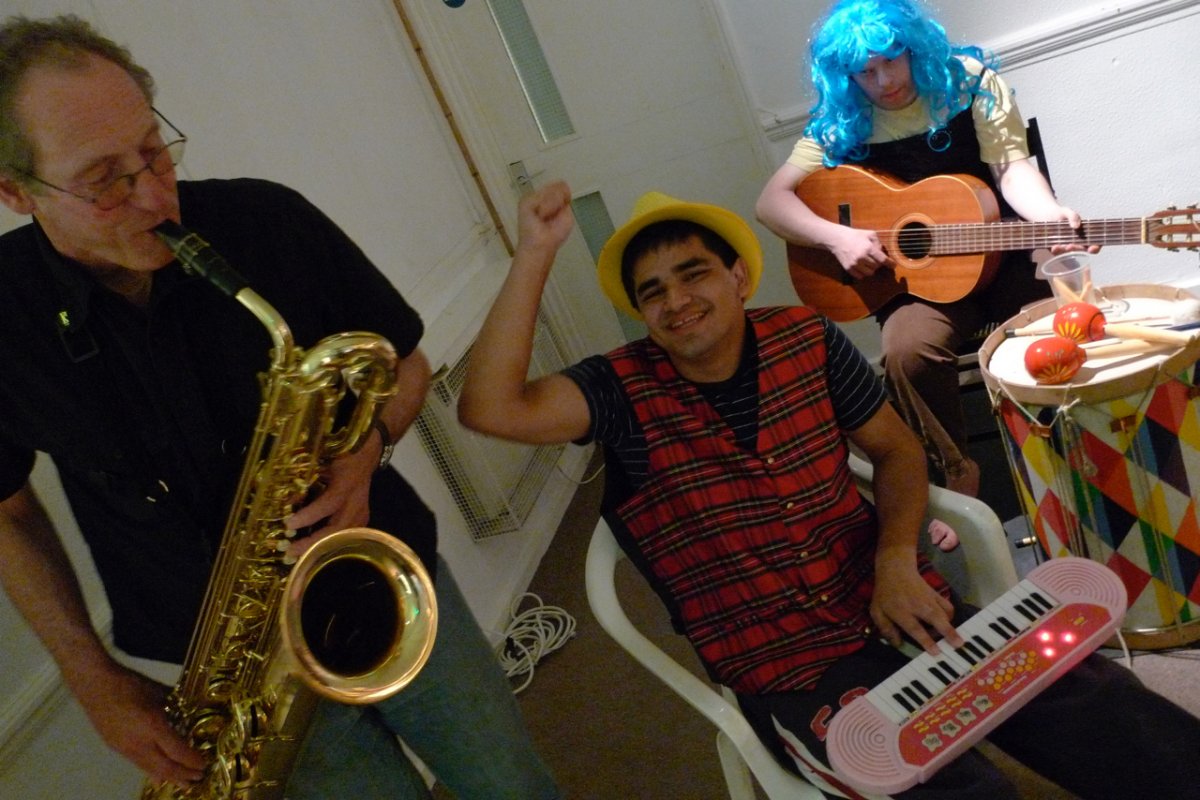
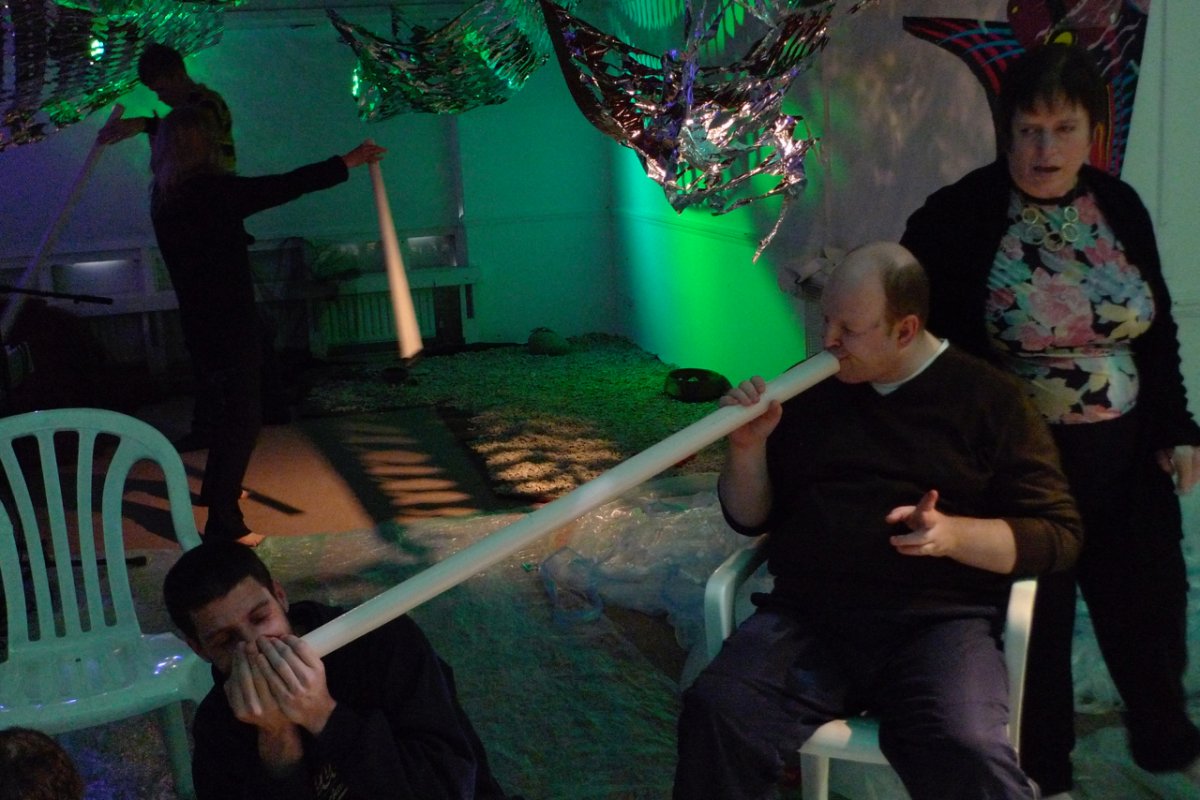
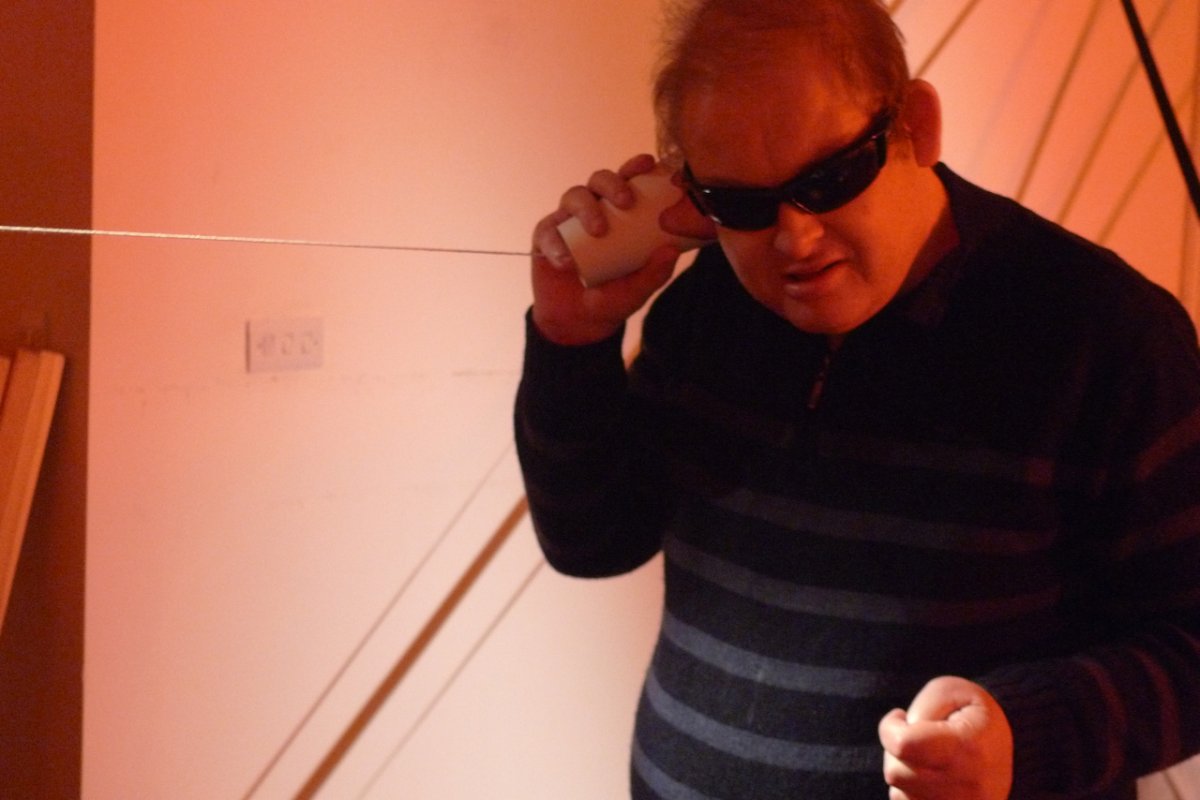
Vocalising can
include songs, chants, repeated phrases which give clues to the
environment/activity (i.e Crushing Grapes song )
Vocal 'sounds'
can emphasise rhythms and facilitate participants to contribute their own
sounds which will then be sanctioned, copied and reinforced. These can include
onomatopaeic sounds, whistles, buzzes, roars, brrrr, sssss, ooooo etc. The use
of a microphone with sound effects can greatly enhance an individual's own
sounds
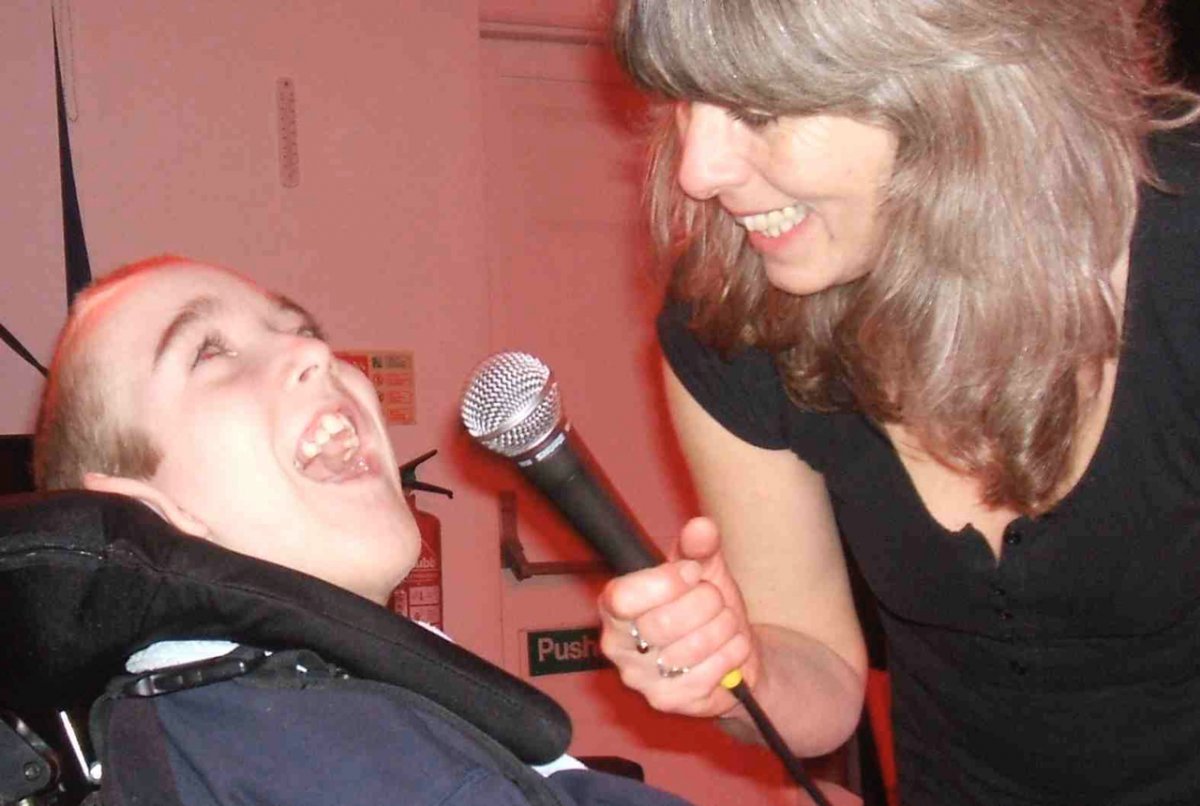
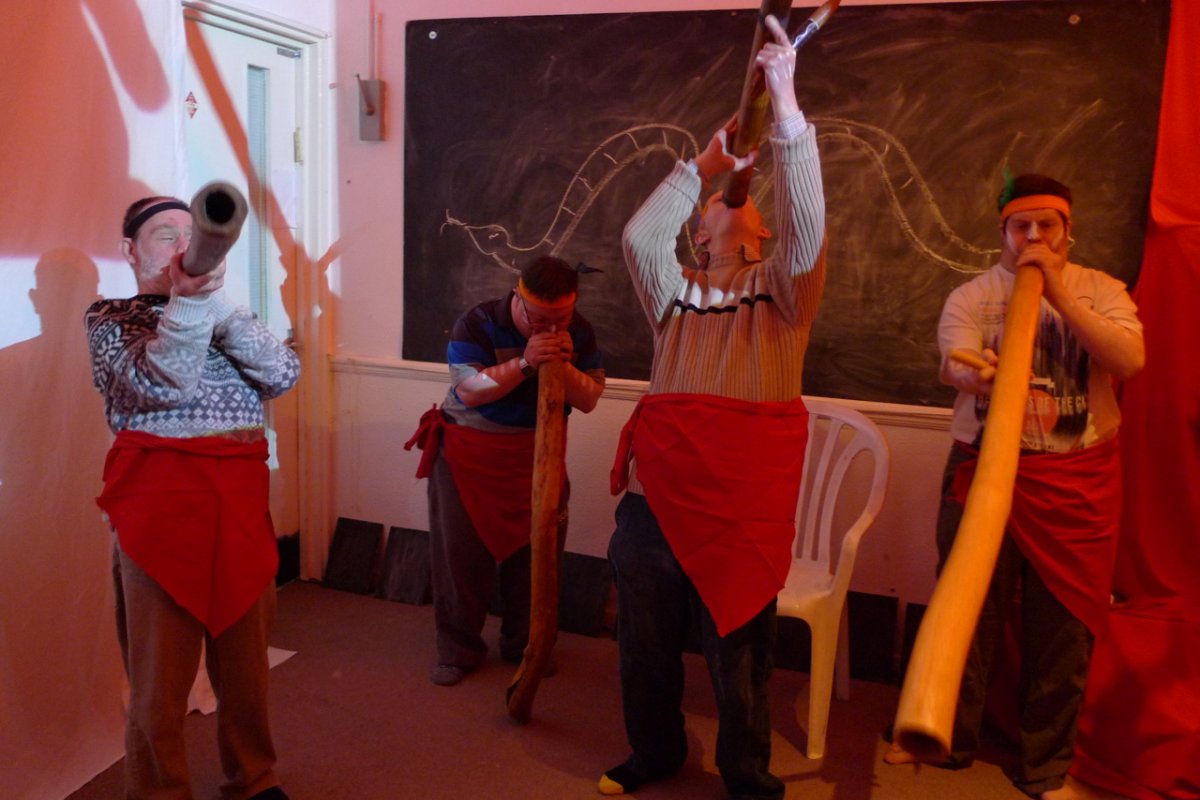
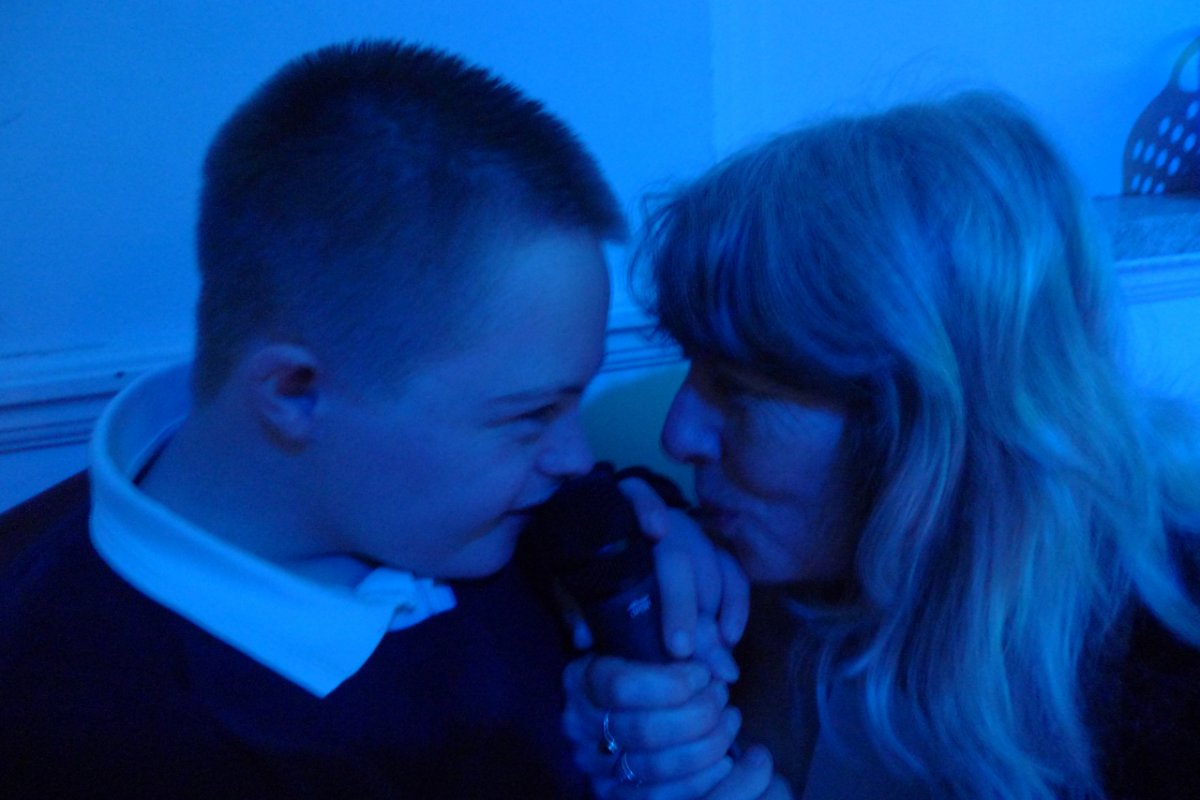
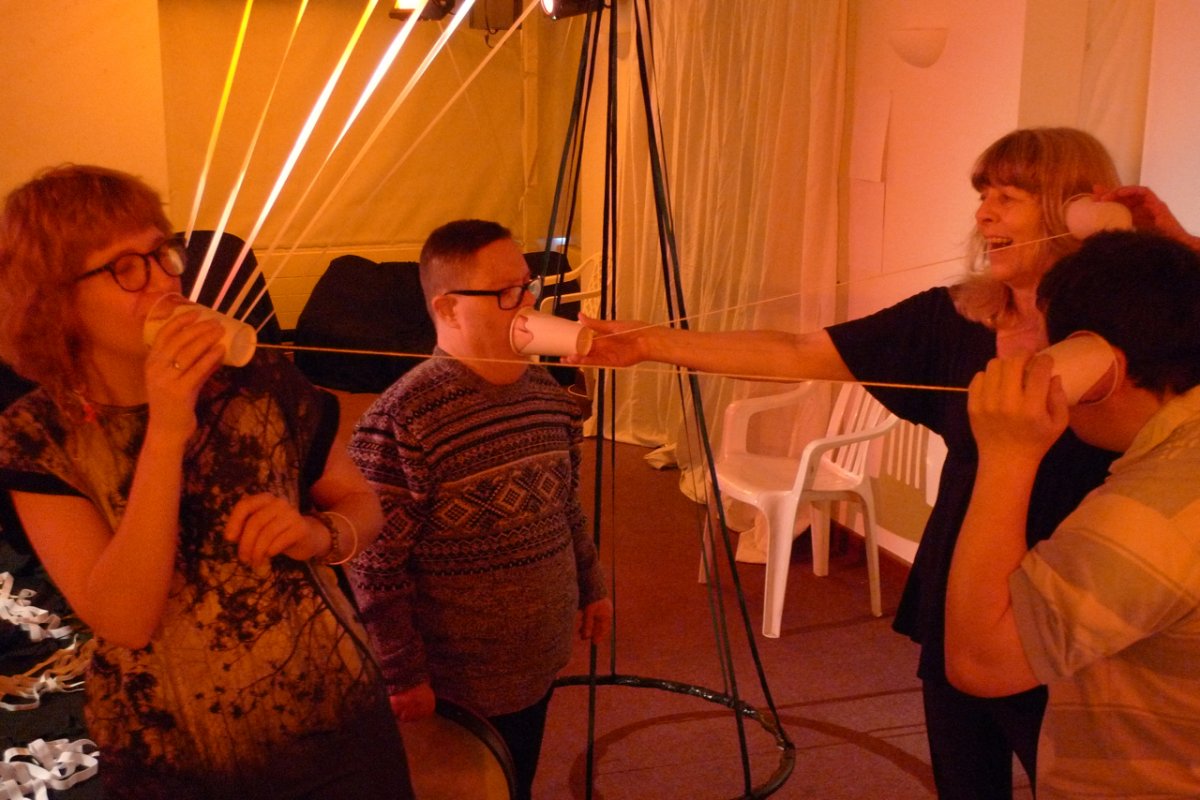
Recorded sound effects set the scene for specific environments/themes. such as the sea/seagulls, rain falling, underwater, clanks of machinery, train sounds etc


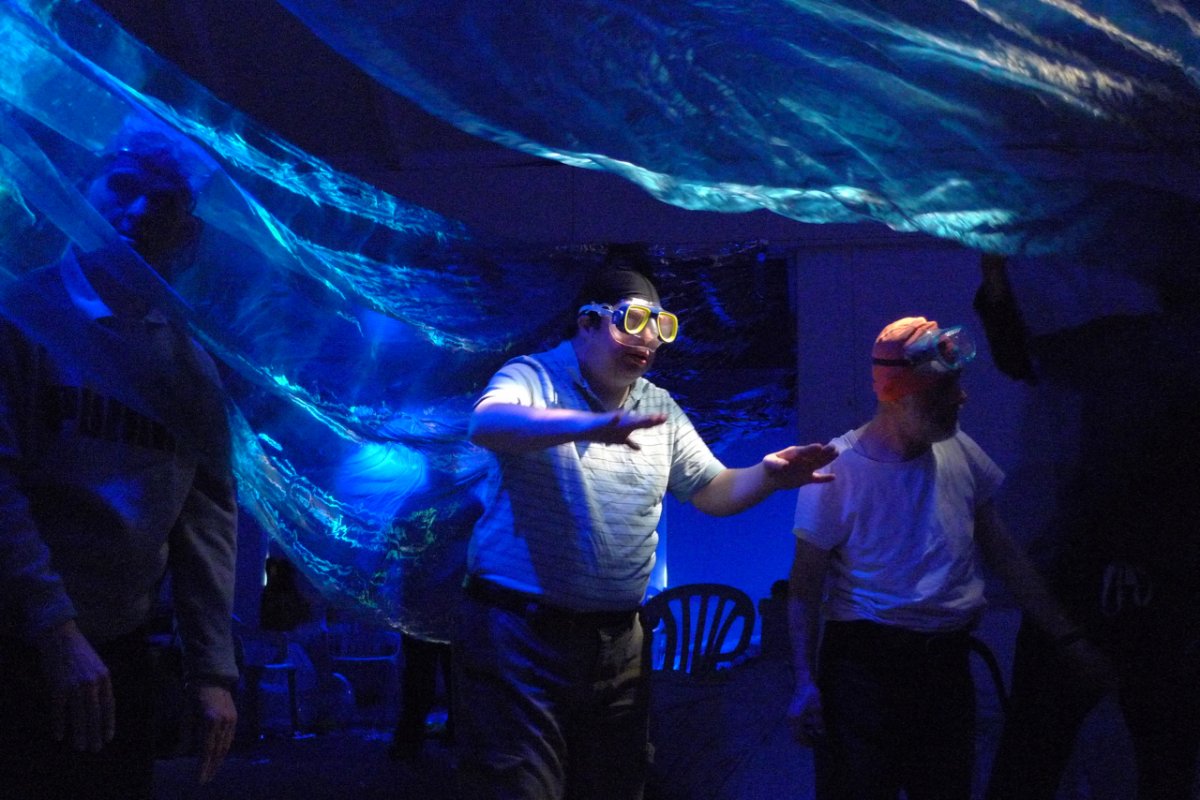
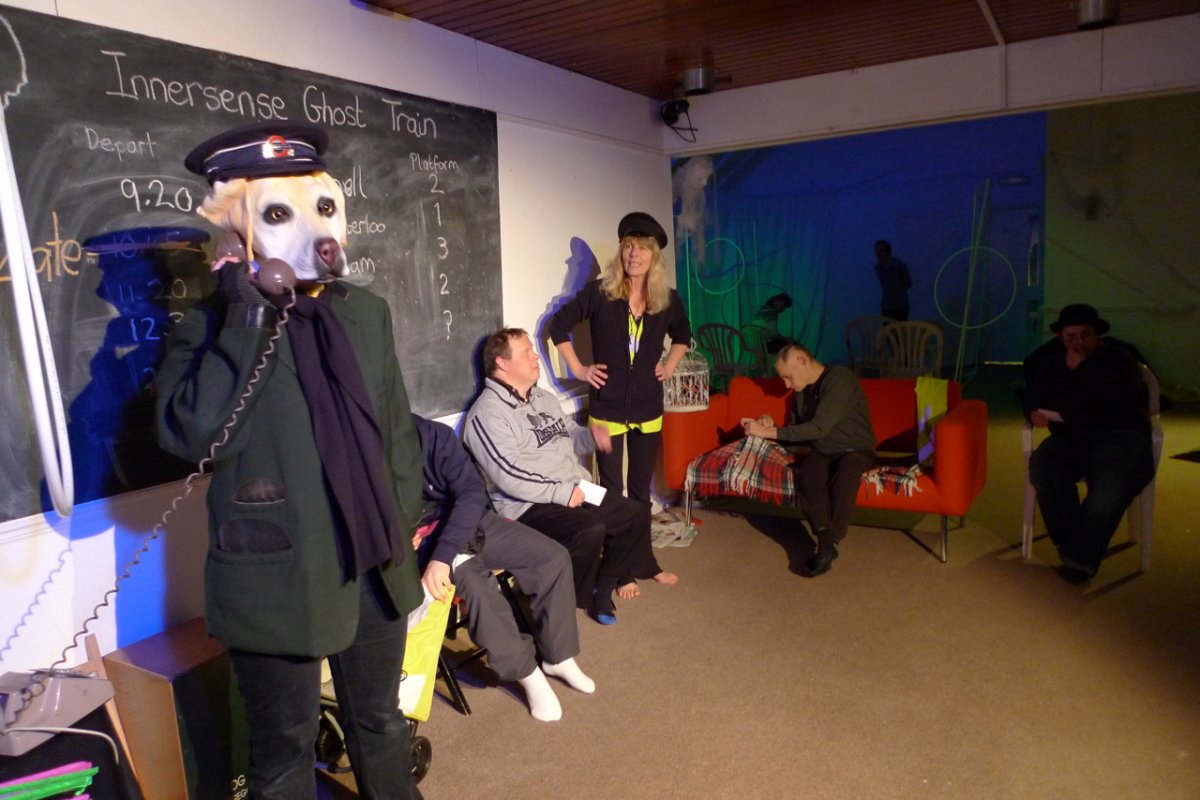
Instruments
can be used to engage participants in creating their own soundscapes, for
example rainsticks, ocean drums, metallic sounds for machinery, wood sounds in
a forest theme.
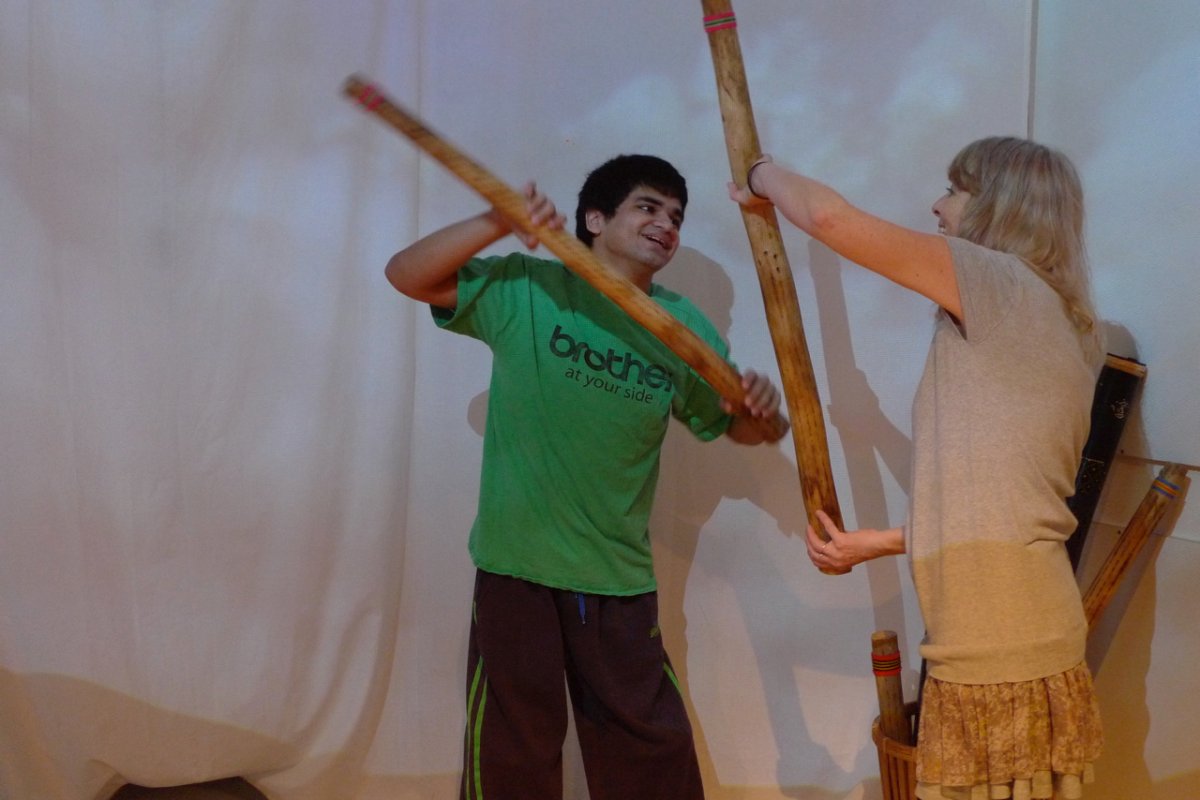
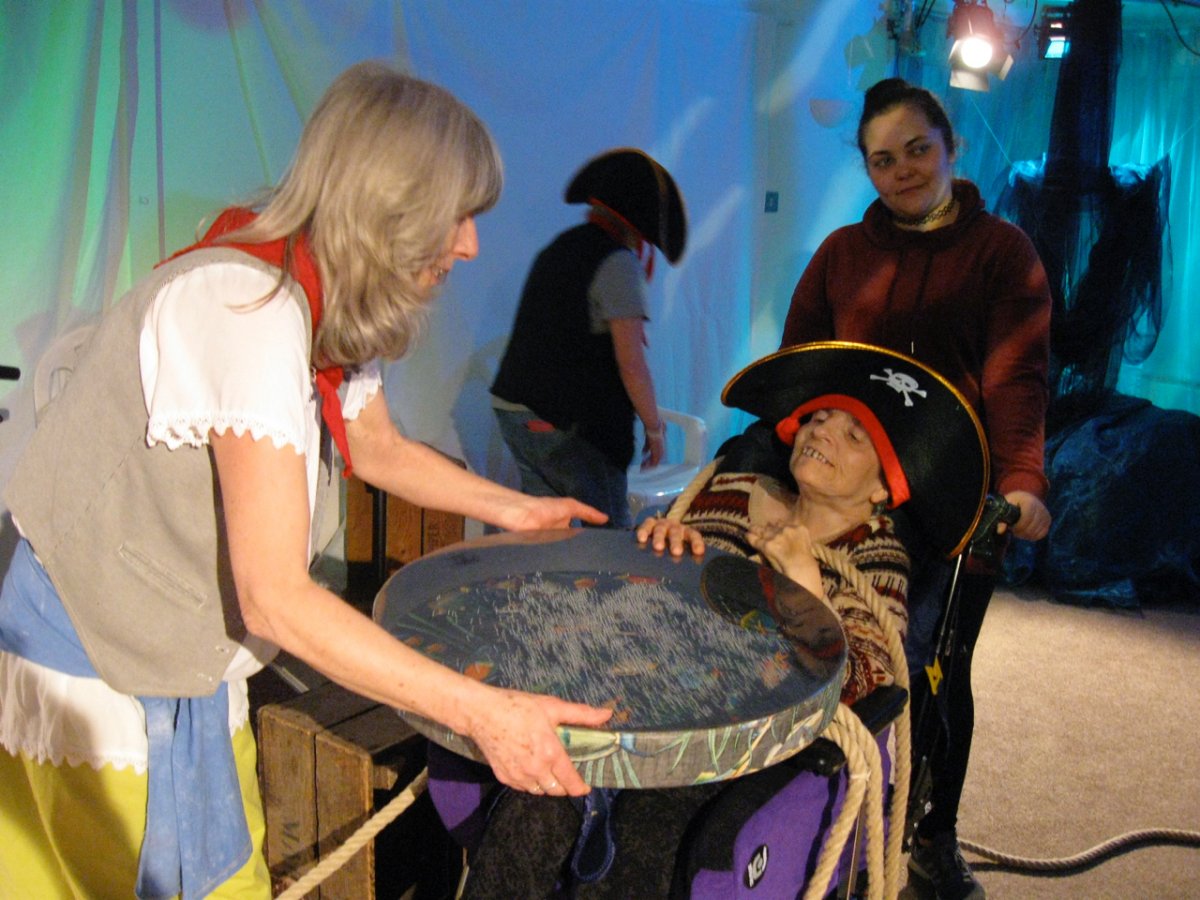
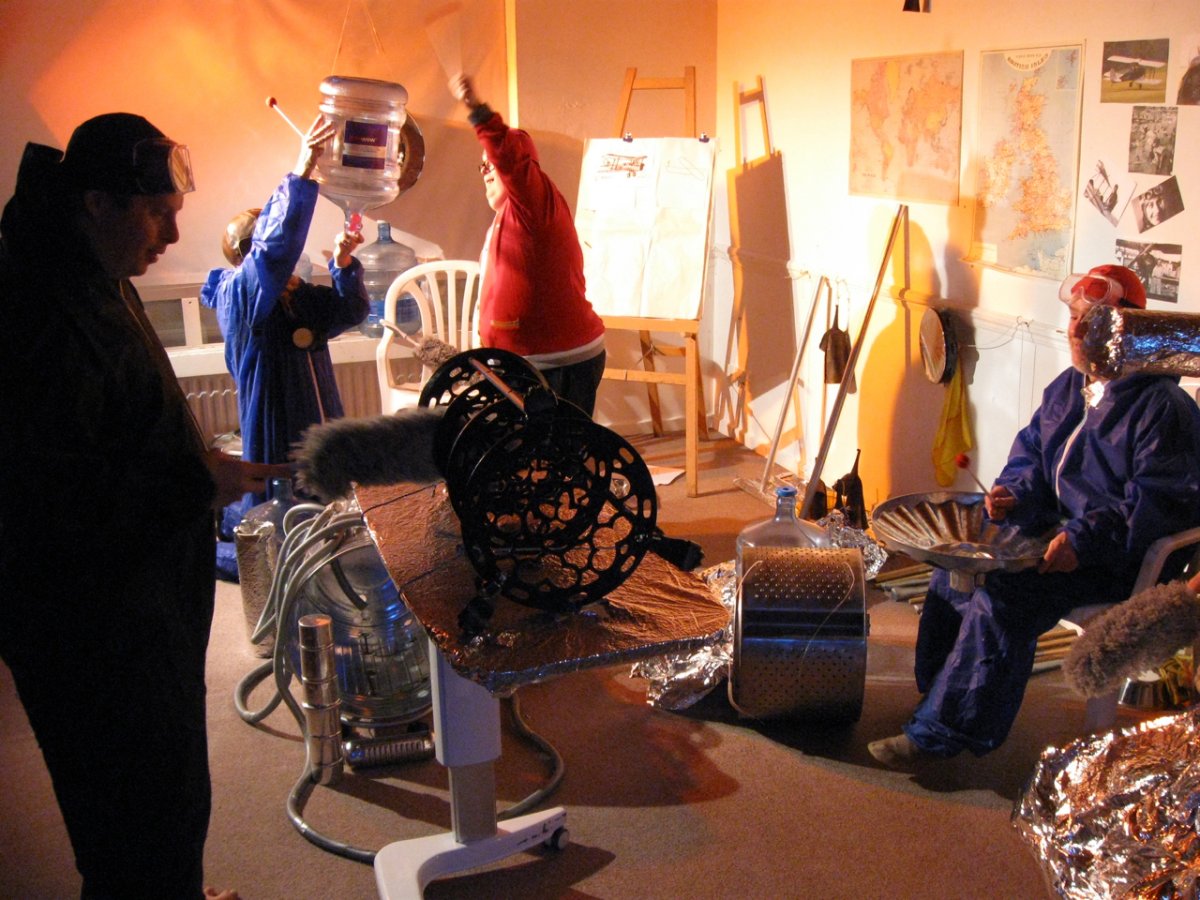
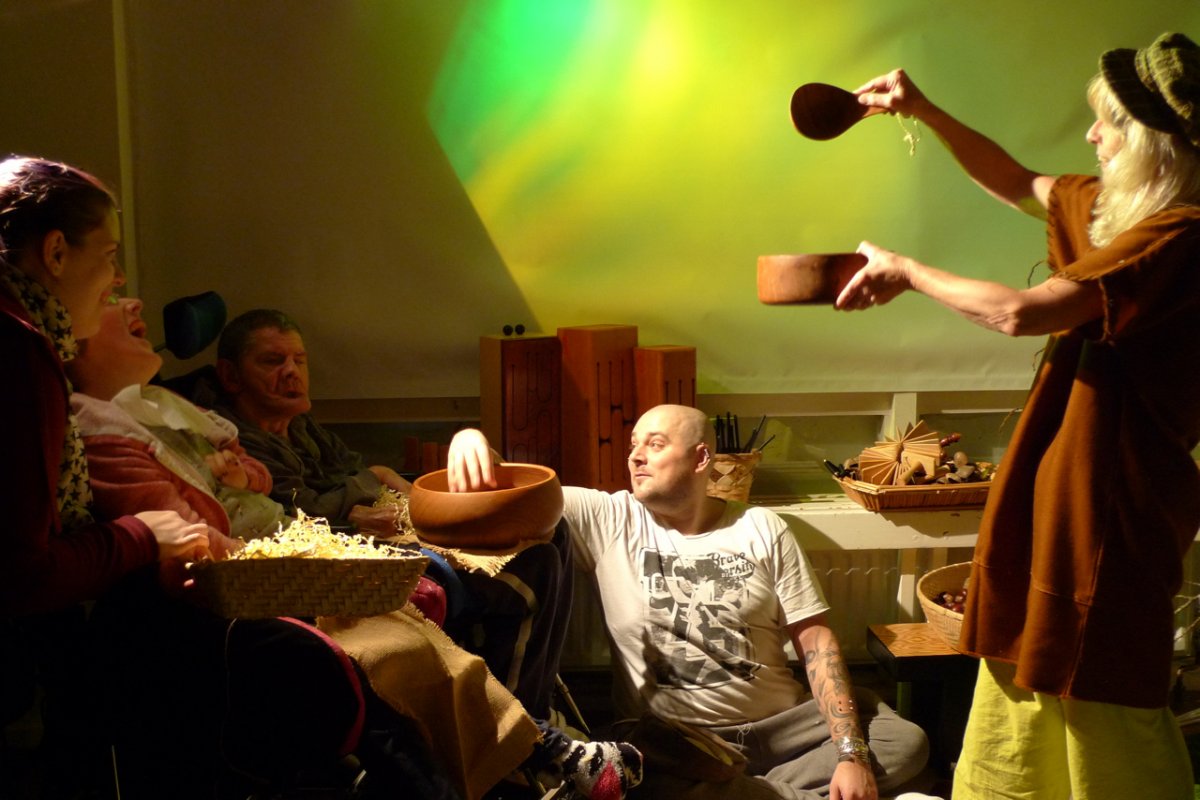
We often use
real sounds and instruments which relate to an activity: For fire - snapping twigs and popping bubble wrap.
For water - an actual pool/fountain in the workshop.
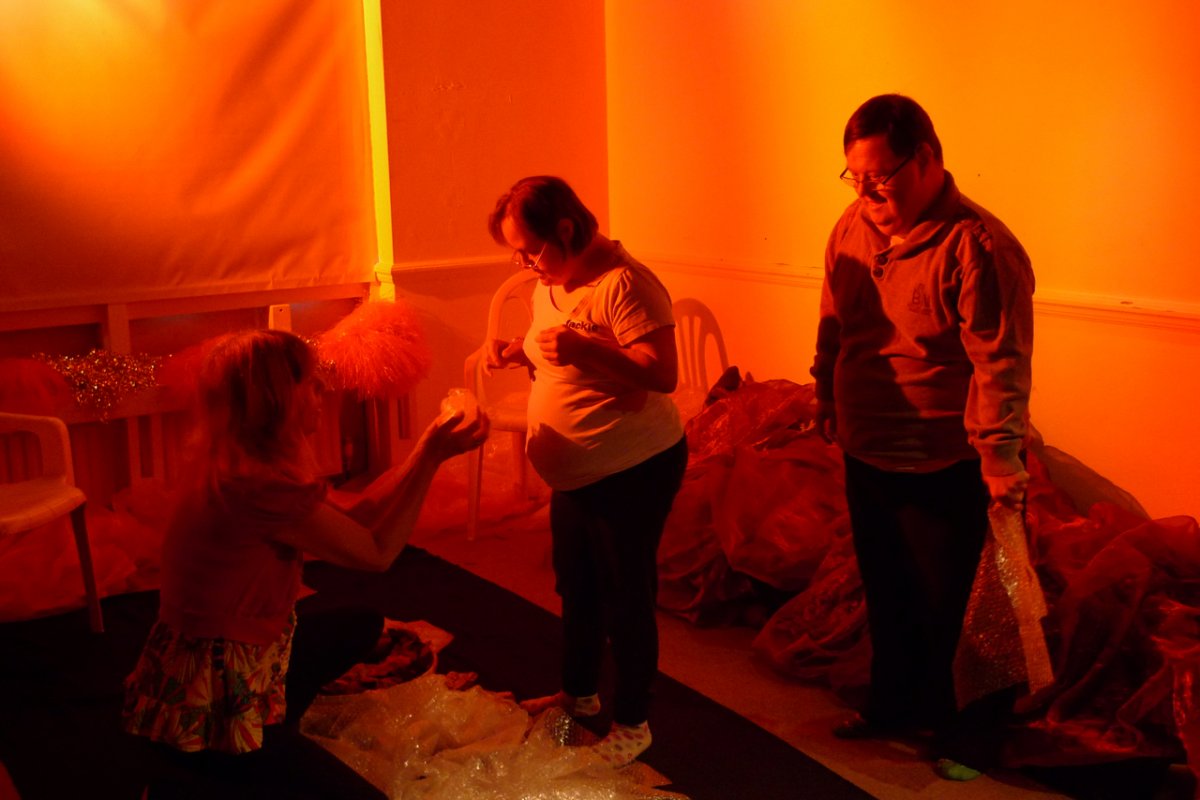
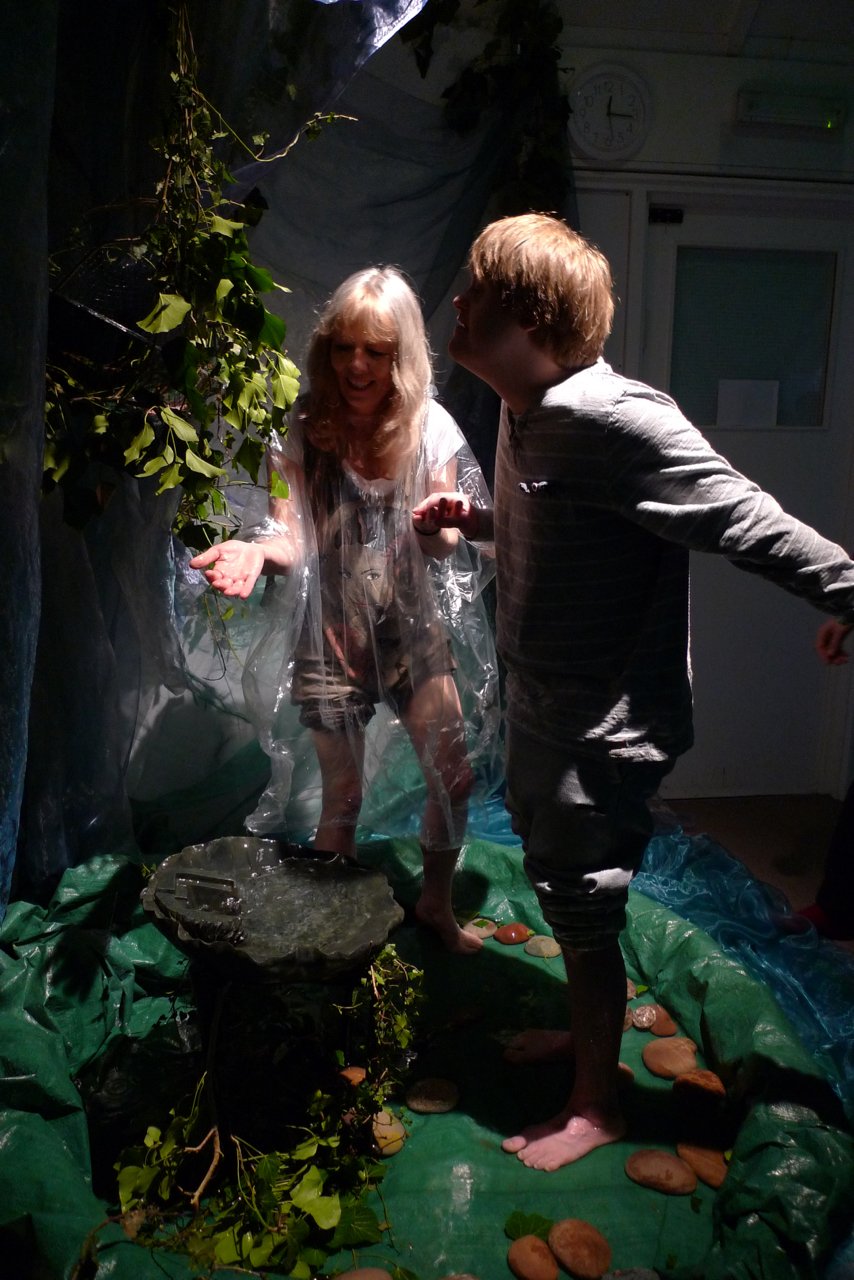
For birdsong - whistles, occarinas, vocals
For foliage - autumn leaves crackling, rustling wind in leaves
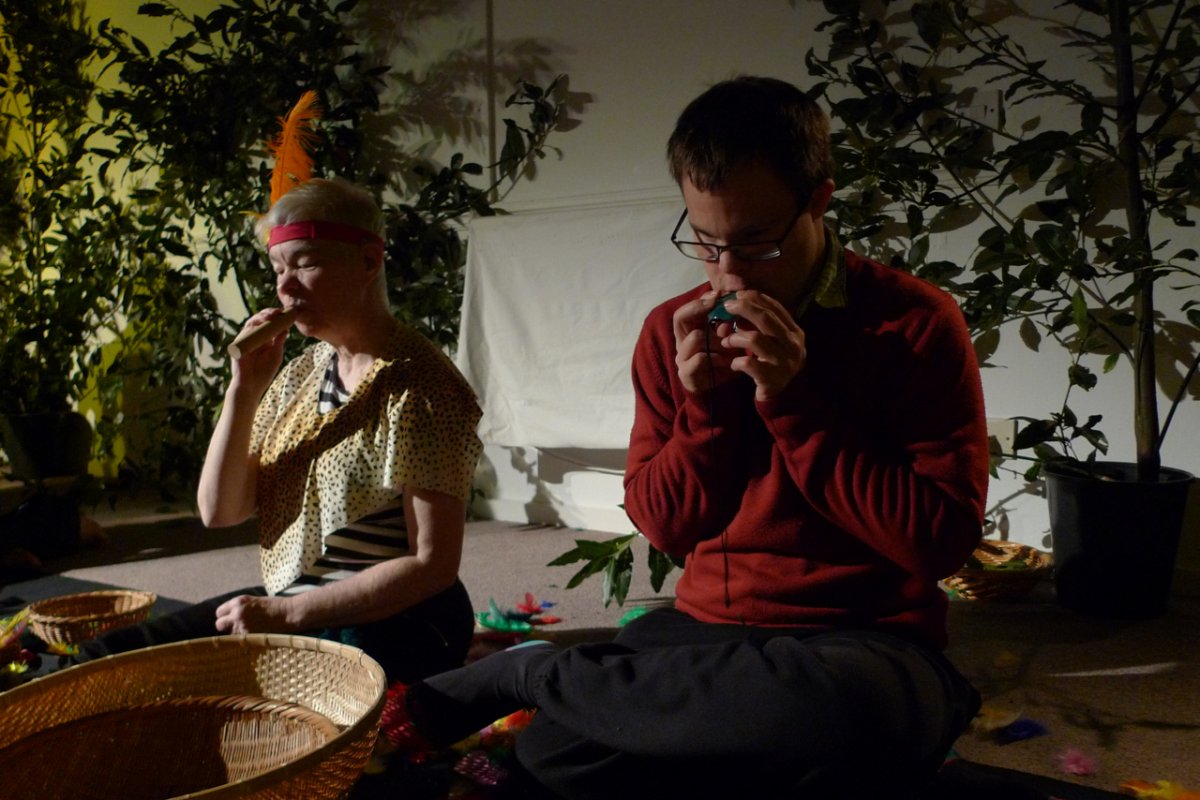

Create the
sounds of movement: objects rolling down tubes (gravel/rice) or over
instruments; conkers down a wood xylophone, objects falling/dropping into water, or onto
instruments, footsteps scrunching over gravel, on bubblewrap,
silver foil, beans or seeds rolling round in tambours, the flicks, whips, whooshes of streamers, ribbons,
scarves.
